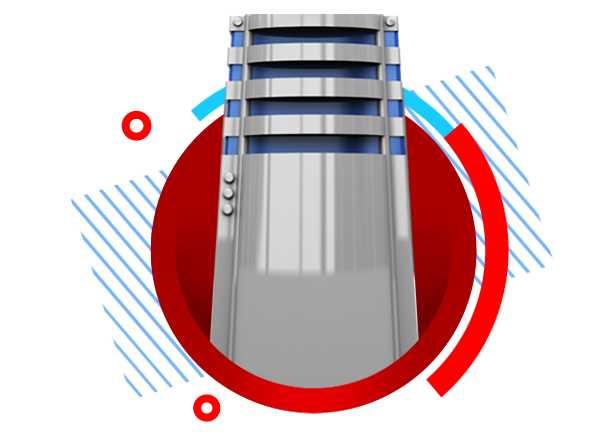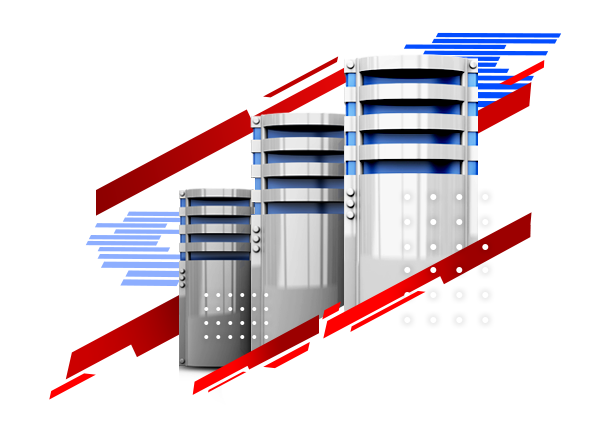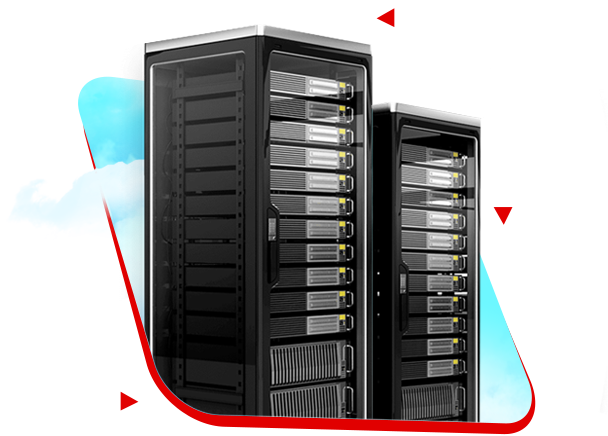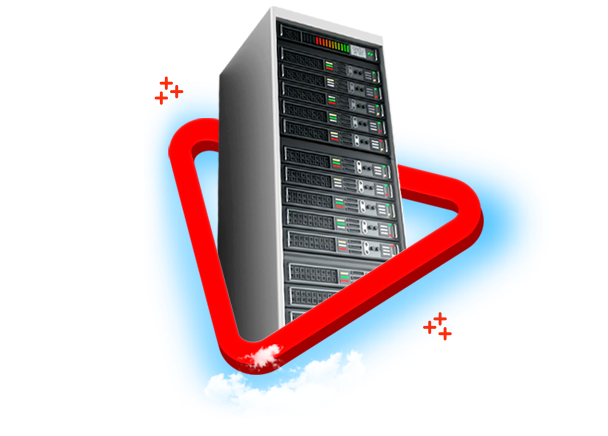
When you work with the Internet, the fact that an error appears in front of you is a very natural case and will happen to all of us. But it must be said that if you do not care about these errors that occur for your site, it will be difficult for your site to continue, and there are various cases that cause your site many problems.
Types of site errors and how to deal with them
Table of Contents
Regarding what errors your site may have, it should be said that depending on what system you used to set up your site or the hosting services you use, you have a wide range. You will encounter errors, but in general, all errors that occur on the site can be classified into three general categories, which are as follows:
- Site’s errors (Content Management System Errors)
- Server-side HTTP errors (500 family errors)
- User-side HTTP errors (400 family errors)
Site system errors
Regarding these errors and when they occur, it should be said that these errors generally occur at times when the system and the core of the site have problems. These are usually accompanied by incomplete content presented to the user or even a blank page. These errors can be due to the interruption or deletion of some running processes in the content management system or site code and files, which in some cases are completely random and can be fixed by refreshing. And sometimes it is necessary for you to go to your site files or take various steps to fix these errors on your site.
Server side errors
You will encounter many of these issues if you use poor quality hosting services. In this case, it should be said that when the user’s request reaches the site and the server can not respond to this request properly, we will face these problems and one of the 500 family code error errors will be displayed to the user. The most famous of these errors are Error 500, Error 501 and Error 503.
User side errors
These types of errors, which are the main case that we intend to address in this article, occur when our site receives a user request and there is a problem displaying the requested content and can not do anything to the user. Who has requested to deliver. These can include unauthorized access to the site that is not defined for this user, entering incorrect URLs and the like, and when errors like this occur, it is usually pages with an error code that starts with 400. Be displayed to the user. Therefore, 400 family errors are considered as user side errors.
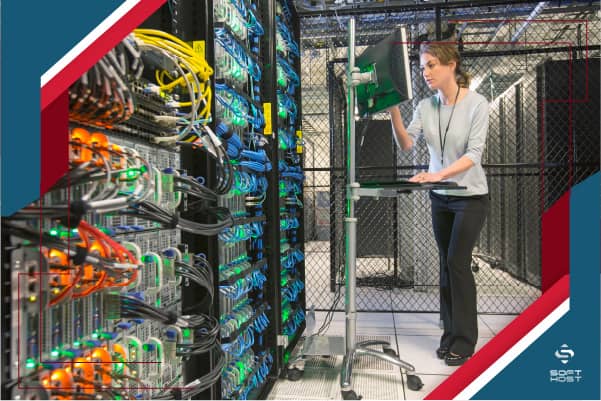
Types of common errors
Error 400 Bad File Request
If you use the wrong phrases in the site url, this error usually appears. For example, sometimes mistakenly instead of using. When you use the phrase, this error appears.
Error 401 Unauthorized
The error occurs when the site server is looking for client keys but does not access specific data. In some cases, users have reported that they encounter this error when entering the wrong password when logging in to the site.
Error 403 Forbidden / Access Denied
This error, like error 401, occurs when the server does not obtain the necessary permissions to access the site. Errors like this are more common on sites that load on poor quality hosts, and you will not see this type of error when using up server services.
Error 404 File Not Found
Perhaps the most common error that users encounter is the 404 error. Code 404 has become a symbol for people in the community not to find something, and it gives the same message on the site. You will encounter this error when you either enter the wrong URL and page or look for a page or file that has already been deleted from the site. This error is one of the most common errors and it is not difficult to solve.
Error 408 Request Timeout
Servers usually have the ability to process a certain volume of files and pages, and if they encounter multiple requests from users, they will usually run into problems. Error 408 is one of the errors related to this field and occurs when the server encounters another request from the user while reviewing the request. For example, suppose you fill out the information on a form and click the submit button; At this time, the server is trying to register and process your information, and if it encounters another request from you, for example, click on a link, it may show this error. Sites that encounter large volumes of user traffic and inbound information all at once exhibit this error.
Error 500 Internal Error
If you see this error, contact your network administrator immediately. Error 500 is another common host error that occurs when your server structure is down. People who own a server should fix this error, and those who use shared hosting should contact the support and site administrator of the service provider to resolve this issue.
Error 501 failed
The server on which your site is installed is unable to process the requested information and features. This error is also one of the errors that the service provider must resolve.
Error 502 Service Temporarily Overloaded
If you encounter this error, do not give up and try to reload the pages. This error occurs when the server is experiencing a minor, short-term outage, failure to process information in a short period of time due to high data volume or heavy incoming traffic. It is likely that after several reloads, your requested page will open.
Usually the errors that start with code 500 are errors that are related to the site server. Error 503 is another of these errors that can be seen when the connection to the site server is lost. Of course, this disconnection can be due to disconnection or problems with the Internet by the user and the site itself is associated with good performance.
Connection Refused by Host error
By viewing this error, you should check whether your access to the site is correct or not; This error occurs when you either do not have the necessary access to the site or you have entered your password incorrectly.
File Contains No Data Error
This error appears when the structure of your pages or template or database has a problem. You may be surprised that this error occurs when both you have a good internet connection and the site server is working well and your requested page is on the site, but due to incorrect structure and incorrect information in the page header, this error has appeared.
Bad File Request error
You will encounter this error when your browser does not support a code or format or the page or URL in general. This error is one of the most common errors in older browsers.
Host Unavailable error
Poor quality servers and unreliable hosting providers are causing this error. This error is displayed when your site backup server is down.
Unable to lacate host error
This error, like many other errors, is displayed when the server crashes. Also, disconnecting the Internet or entering the wrong address can sometimes cause this error to appear.
Network Connection Refused by the Server error
This error is displayed when your site server is unable to provide services to users for various reasons. If needed, you can use high-power up server servers.
CATEGORY:Blog
